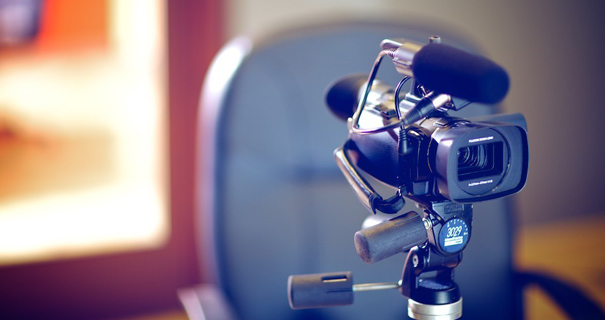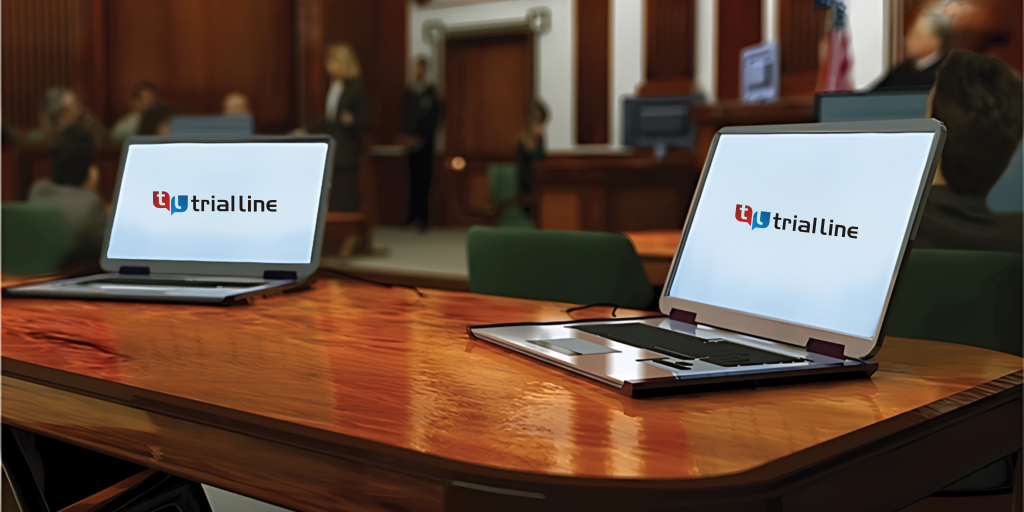How Trial Presentations Can Affect the Outcome of a Legal Case
How Trial Presentations Can Affect the Outcome of a Legal Case
Blog Article
The Power of Visuals in Trial Presentations for a Winning Debate
The assimilation of visuals in test discussions has arised as a vital factor in successfully communicating complicated debates to jurors. By using various types of aesthetic aids-- be it diagrams, pictures, or animations-- attorneys can improve understanding and retention, inevitably forming the jury's perception of the case. This approach not just clarifies complex narratives yet also establishes an emotional resonance that can influence decision-making. As we check out the subtleties of this approach, it becomes vital to think about exactly how details kinds of visuals can make a significant distinction in trial end results. What practical techniques might lawyers utilize to optimize this possibility?
Value of Visuals in Tests
In lots of legal setups, visuals play a crucial duty in boosting the effectiveness of trial presentations. The combination of visual elements can considerably affect jurors' understanding and retention of complex details, consequently forming their assumptions and decisions. Visuals, such as charts, diagrams, and photos, can simplify intricate stories, making them more obtainable and compelling.
In addition, the human brain processes aesthetic information extra effectively than message, which emphasizes the significance of including visuals into legal disagreements. By translating dense legal ideas into visual layouts, lawyers can assist in more clear interaction, guaranteeing that bottom lines are not neglected during tests.
Furthermore, visuals offer to involve jurors on an emotional level, fostering a connection to the situation that words alone might stop working to achieve. The strategic use visuals can evoke empathy, triggering jurors to take into consideration the human facets of the situation.
Eventually, the significance of visuals in trials hinges on their capacity to boost clearness, enhance juror interaction, and strengthen the story existing. This potent combination is crucial for crafting convincing arguments that resonate with jurors and influence the result of lawful proceedings.
Types of Visuals to Make Use Of
Effective trial presentations can greatly benefit from a range of aesthetic tools that accommodate different elements of the instance. trial presentations. Utilizing diagrams and charts can successfully damage down complex info, making it extra digestible for jurors. For example, flowcharts can highlight the series of occasions, while bar graphs may succinctly compare appropriate data points.

Animations and simulations can likewise play an essential duty, especially in situations involving technical information or elaborate circumstances. These visuals can dynamically represent processes or activities, providing clearness and involvement that static photos might not attain.
Moreover, infographics incorporate text and visuals to sum up essential info successfully. They can present timelines, statistics, and considerable case factors in a visually find more information appealing way, making it easier for jurors to comply with the debate.
Enhancing Comprehension and Retention

Enhancing comprehension and retention throughout test discussions is essential for making sure that jurors realize the crucial components of a case. Visual aids act as powerful tools hereof, translating complex details right into conveniently absorbable styles. By using graphes, representations, and infographics, attorneys can simplify intricate information and emphasize bottom lines that might otherwise be ignored.
Research studies have shown that people preserve info substantially better when it exists visually. This is particularly important in a trial setup, where jurors might be overwhelmed by the quantity of evidence and testimony. By strategically integrating visuals, attorneys can route jurors' interest to the most critical facets of the situation, reinforcing their understanding and memory of the product offered.

Creating Involving Presentations
Captivating jurors' interest during test presentations is crucial for communicating a compelling narrative. Involving presentations leverage aesthetic elements to produce a memorable experience that reverberates with jurors. The tactical usage of graphics, animations, and video clips can elucidate intricate information, making it extra easily accessible and relatable.

In addition, incorporating narration techniques can improve engagement. Offering evidence in a sensible sequence that constructs sob story allows jurors to attach with the material on an individual level. Diverse discussion styles, such as including short video clip clips or interactive elements, can likewise receive rate of interest and attention throughout the trial.
Inevitably, an appealing discussion fosters an extra profound understanding of the situation, making it possible for jurors to much better appreciate the disagreements existing and resulting in an extra beneficial end result.
Case Research Studies and Success Stories
Countless situation researches highlight the significant effect of visuals in test presentations, demonstrating their capacity to affect juror understandings and ultimately the results of instances. A remarkable case involving an individual injury case illustrated how the use of a 3D computer animation of the crash scene clarified complicated details. Jurors reported really feeling even more enlightened and empathetic, substantially persuading their choice for the complainant.
In another circumstances, a corporate litigation instance utilized infographics to present economic information and timelines, making elaborate info obtainable. The graph allowed jurors to comprehend the subtleties of the instance much more successfully than spoken descriptions alone. trial presentations. Consequently, the court returned a judgment that went beyond the customer's assumptions
In addition, a criminal protection instance utilized photos and video evidence to develop an alibi. The compelling visuals not only aided in developing doubt but also reverberated emotionally with jurors, leading to an acquittal. These success tales highlight the requirement of integrating visuals into test discussions, as they boost understanding, retention, and eventually, the convincing power of legal disagreements. The tactical use visuals is indisputably changing the landscape of test advocacy.
Conclusion
In conclusion, the critical unification of visuals in trial presentations considerably improves jurors' understanding and retention of complex info. Involving discussions, sustained by engaging instance studies, demonstrate the extensive effect that visuals can have on influential communication.
Report this page